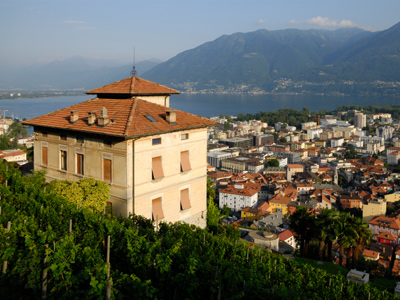

World War One Aftermath: League Of Nations - Success In The 1920s?
This World History quiz is called 'World War One Aftermath: League Of Nations - Success In The 1920s?' and it has been written by teachers to help you if you are studying the subject at senior high school. Playing educational quizzes is one of the most efficienct ways to learn if you are in the 11th or 12th grade - aged 16 to 18.
It costs only $19.50 per month to play this quiz and over 3,500 others that help you with your school work. You can subscribe on the page at Join Us
The newly founded League of Nations had both successes and failures in the 1920s. There were many minor territorial disputes, but these involved mainly second rank powers. The specialist agencies were also busy, dealing with problems like refugees, disease and drug trafficking.
Ready for more?
not all...
quizzers. Try to win a coveted spot on our Hall of Fame Page.






